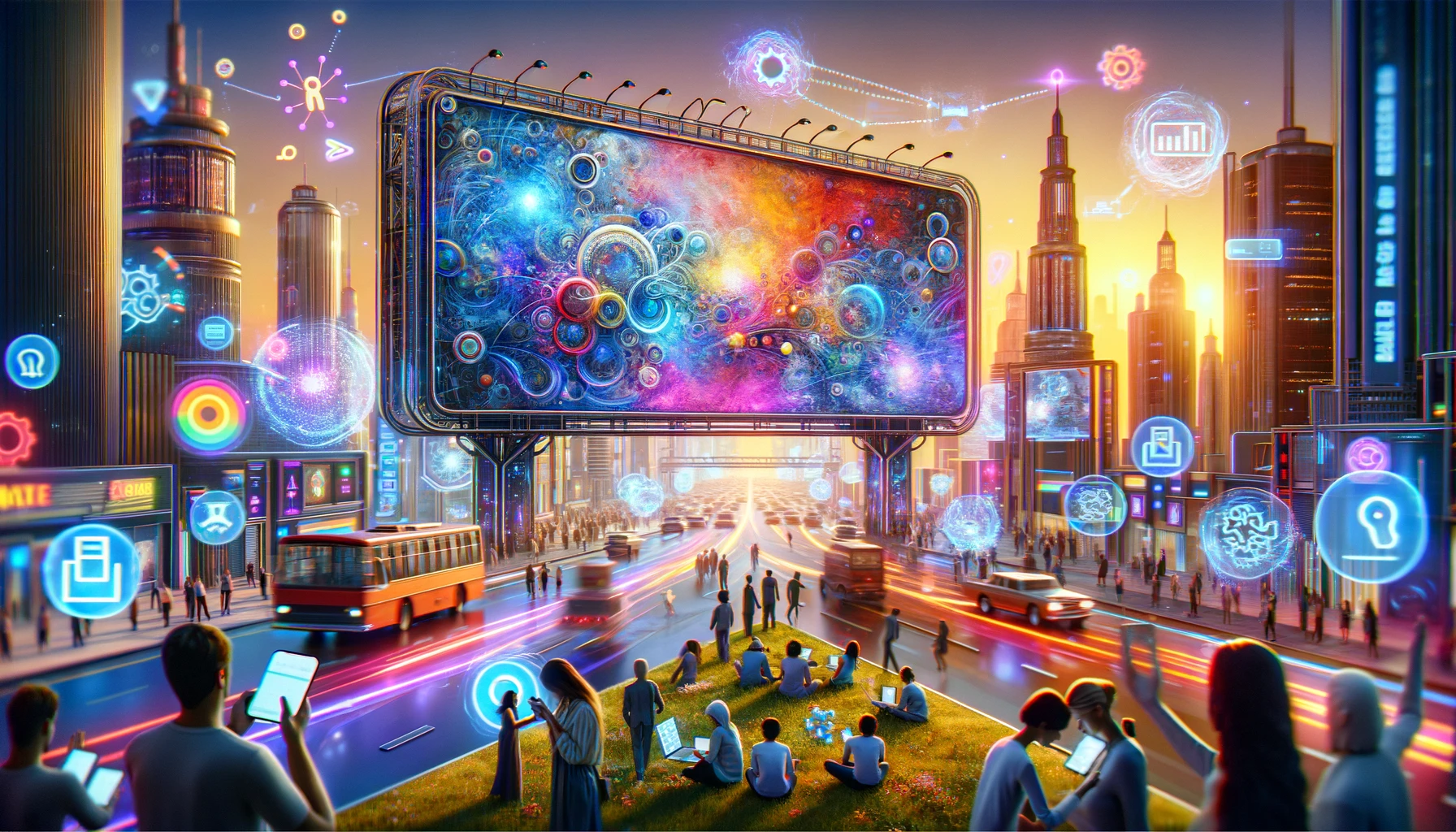In the intricate dance of SEO and digital marketing, the visual elements of a website play a pivotal role in engaging users and conveying authenticity. John Mueller, a renowned Google Search Advocate, recently sparked a thought-provoking discussion on the use of AI-generated images versus stock photography in website design. This exploration is not merely about aesthetic choices; it delves into the deeper implications of authenticity, user experience, and trust in the digital realm.
AI-Generated Images Vs. Stock Photography: A Delicate Balance
The debate between AI-generated images and stock photography is nuanced. Mueller distinguishes between scenarios where authentic photographs are indispensable, such as product photography, and situations where imagery serves primarily as decoration. This distinction is crucial in understanding the role of visuals in enhancing user experience without compromising the authenticity that is fundamental to building consumer trust.
The Significance of Authentic Visuals in SEO
In the context of SEO, the authenticity of images can significantly influence user engagement. Mueller suggests that for certain topics, users expect real images, and their absence might lead to a diminished user experience. This expectation is intricately linked to SEO, as visually-driven searches are more likely in domains where authenticity is paramount.
Practical Considerations for Using AI-Generated Images
When considering AI-generated images, website owners must reflect on their appropriateness in the given context. Mueller advises evaluating whether stock photography would typically be used in similar situations. This approach aids in making informed decisions that align with the website’s goals and user expectations.
Quality Standards and Professionalism in Visual Content
Mueller cautions against using AI-generated images solely as a time and cost-saving measure. He emphasizes that quality and professionalism often require investment in time and expertise. This is particularly relevant in an era where the lines between real and AI-generated content are increasingly blurred.
Augmented Reality and 3D Modeling: The Future of Visual Engagement
Mueller also touches upon the potential of augmented reality (AR) in enhancing online product displays. The use of 3D models, based on actual building plans, offers a more immersive and realistic user experience, setting a new standard in digital marketing.
The Impact of AI-Generated Images on Consumer Trust
The use of AI-generated images, especially in contexts where authenticity is expected, can significantly impact consumer trust. Mueller warns against the perception of AI-generated images as ‘low-effort’ content, which could lead to a loss of credibility and trust among users.
Conclusion
The conversation initiated by John Mueller on AI-generated images versus stock photography in SEO is a timely reminder of the evolving landscape of digital marketing. As marketers, we must navigate this terrain with a keen eye on authenticity, user experience, and the ever-changing technological advancements. Striking the right balance between the practical benefits of AI-generated images and the need for authenticity is key to creating engaging, trustworthy, and effective digital content.
Top 5 Key Takeaways
- Understanding the Visual Spectrum: Recognize the distinct roles of AI-generated images and stock photography in different contexts.
- Authenticity in SEO: Appreciate the importance of authentic visuals in enhancing user experience and engagement in SEO.
- Judicious Use of AI-Generated Images: Make informed decisions about using AI-generated images, considering their impact on user trust and website authenticity.
- Quality and Professionalism: Emphasize the need for high-quality, professional visual content, whether AI-generated or real.
- Embracing Technological Advancements: Stay abreast of emerging technologies like AR and 3D modeling to enhance user engagement and experience.

